Shimeji mushrooms: characteristics and preparation instructions
2 years ago · Updated 6 months ago
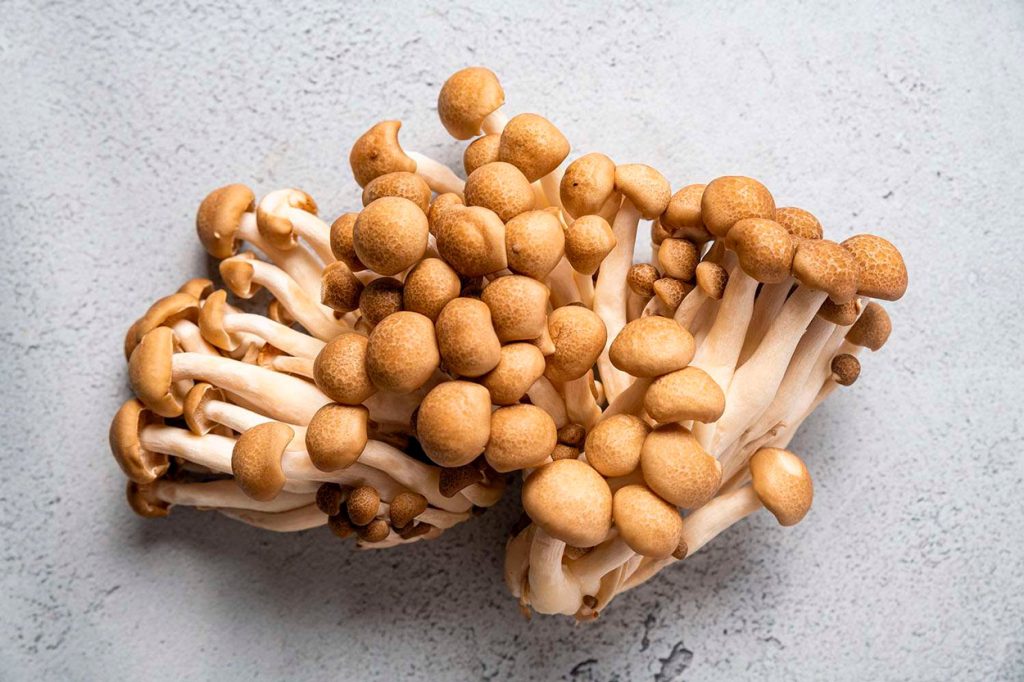
Shimeji is a variety of mushroom that offers unique culinary experiences. Its versatility in the kitchen, as well as its pleasant flavor and texture, make it a popular ingredient in a variety of dishes around the world.
Whether in Japanese, Chinese or international recipes, these mushrooms add a special touch to any meal. We explain what they are and how to enjoy them in the kitchen
Characteristics of Shimeji
Shimeji, known scientifically as Hypsizygus marmoreus or Hypsizygus tessellatus, is an exotic, edible cultivated mushroom native to Asia. It comes in two main varieties: white Shimeji and brown Shimeji.
These mushrooms are small, with fan-shaped caps and slender stems. What's more, they have a firm, crunchy texture and a mild, delicate flavor. Below, we'll explore more of this delicious mushroom:
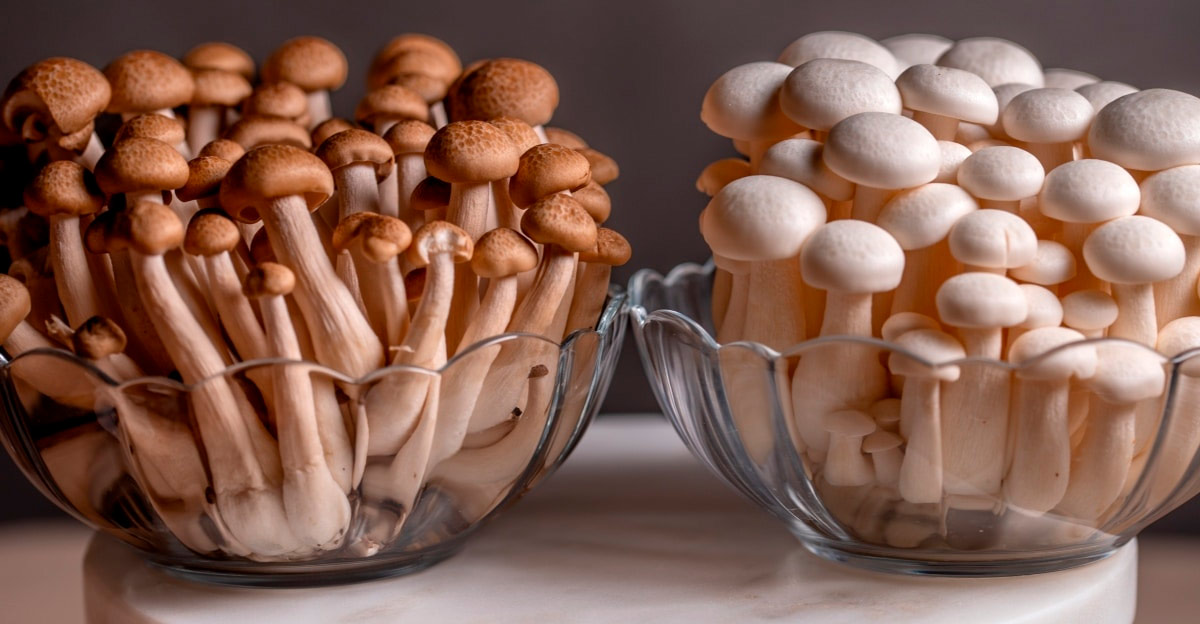
Recognizing the Shimeji
- The Shimeji is characterized by its fan-shaped cap, which can measure between 2 and 5 cm in diameter.
- The Shimeji's stem is long and slender, reaching up to 10 cm in length.
- The Shimeji's growth base is tangled, making it easy to separate the mushrooms into small individual groups.
Shimeji is an exotic, edible cultivated mushroom native to Asia that has gained popularity in international cuisine due to its mild, delicate flavor and firm, crunchy texture. It comes in two main varieties: white Shimeji (Hypsizygus tessellatus) and brown Shimeji (Hypsizygus marmoreus). Below, we explore these two Shimeji varieties in detail:
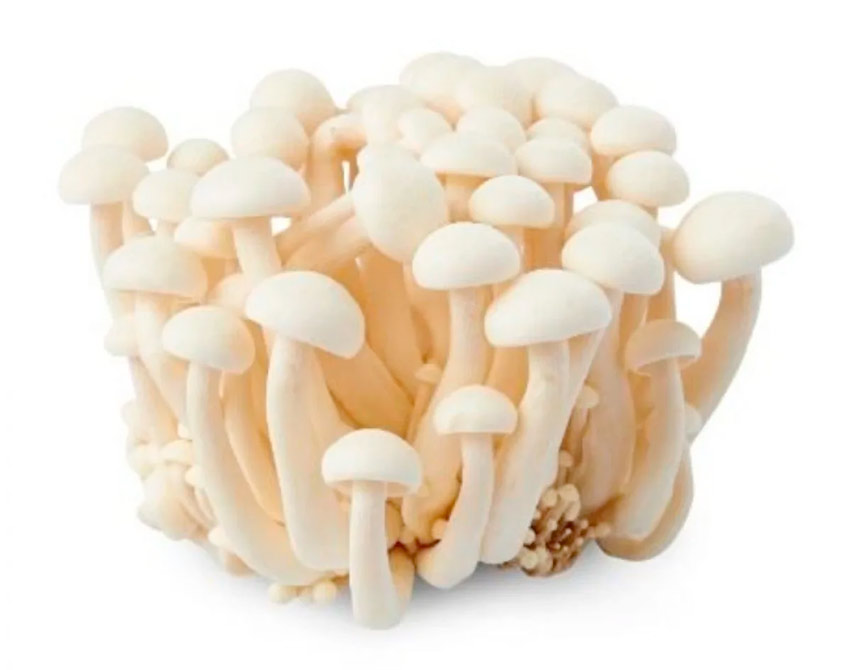
White Shimeji (Hypsizygus tessellatus)
White Shimeji is a variety of mushroom characterized by its light color and mild flavor. Below, we describe its most striking characteristics:
- Appearance: White Shimeji has fan-shaped caps with shades ranging from white to ivory. Its stems are long and slender, and its growth base is tangled, making it easy to separate the mushrooms into small individual clusters.
- Taste and texture: This variety of Shimeji has a mild, delicate flavor, with a hint of bitterness that disappears during cooking. Its texture is firm and crunchy, making it ideal for stir-frying and adding to salads, soups and other dishes.
- Culinary uses: White Shimeji is widely used in Japanese and Chinese cuisine, where it is incorporated into soups, noodles, rice and stews. It can also be used in salads and as an ingredient for sushi.
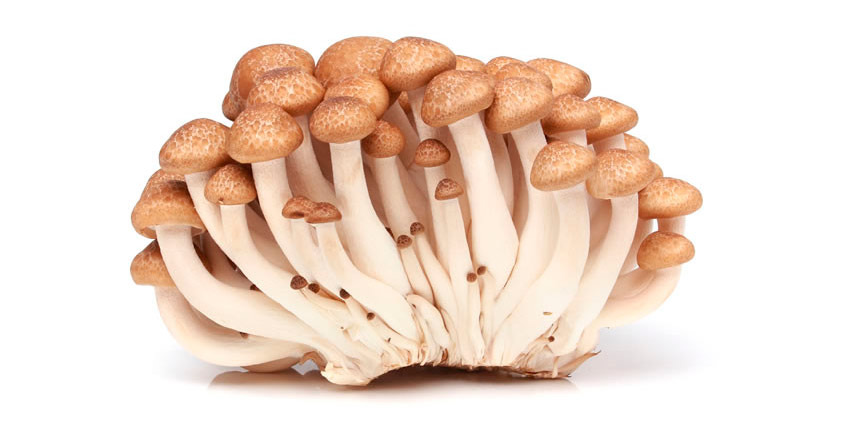
Brown Shimeji (Hypsizygus marmoreus)
Brown Shimeji is another mushroom variety with special characteristics that distinguish it from white Shimeji. Below, we explore its most notable attributes:
- Appearance: Brown Shimeji is distinguished by its brown or grayish-brown color. Like white Shimeji, it has fan-shaped caps and long, slender stems. Its tangled growth base facilitates separation into small clusters.
- Taste and texture: Unlike white Shimeji, brown Shimeji has an earthier, deeper taste. It also has a firm, crunchy texture, making it suitable for a wide variety of culinary preparations.
- Culinary uses: Brown Shimeji is used in dishes similar to white Shimeji, such as soups, noodles, rice and stews. Its more robust flavor can complement meats and fish with great success.
History of Shimeji
Shimeji mushrooms have their roots in East Asia, where they have been consumed for centuries. Their cultivation spread to other parts of the world, and today they are popular in international cuisine. These mushrooms have been used in traditional Japanese and Chinese dishes, such as soups, noodles, rice and stews. In Western cuisine, they have also gained popularity in recipes such as risottos, pizzas and pastas.
Where Shimeji Grows
Shimeji are grown in a variety of countries, including Japan, China and other parts of Asia, as well as in Europe and North America. They can be grown in greenhouses or under controlled conditions to guarantee their quality and freshness.

Organoleptic characteristics
Shimeji has a sweet, delicate flavor, with a hint of bitterness that disappears during cooking. Its texture is firm and crunchy, making it ideal for sautéing and adding to a variety of dishes. These mushrooms bring a sweet, nutty flavor that makes them versatile and delicious in a variety of culinary preparations.
These articles on cultivated mushrooms may be of interest to you:
Medicinal Properties of Shimeji
Shimeji is not only appreciated for its taste and texture, but also possesses medicinal properties:
- Essential nutrients: Shimeji is a good source of protein, fiber, B vitamins and minerals such as iron and potassium. What's more, it's low in calories and fat, making it a healthy option to include in the diet.
- Health benefits: Shimeji mushrooms have been shown to have antioxidant and anti-inflammatory properties. They can also help regulate the immune system and improve digestive health.
- Support for cardiovascular health: Shimeji contains compounds that can help reduce the risk of cardiovascular disease by helping to lower blood cholesterol.
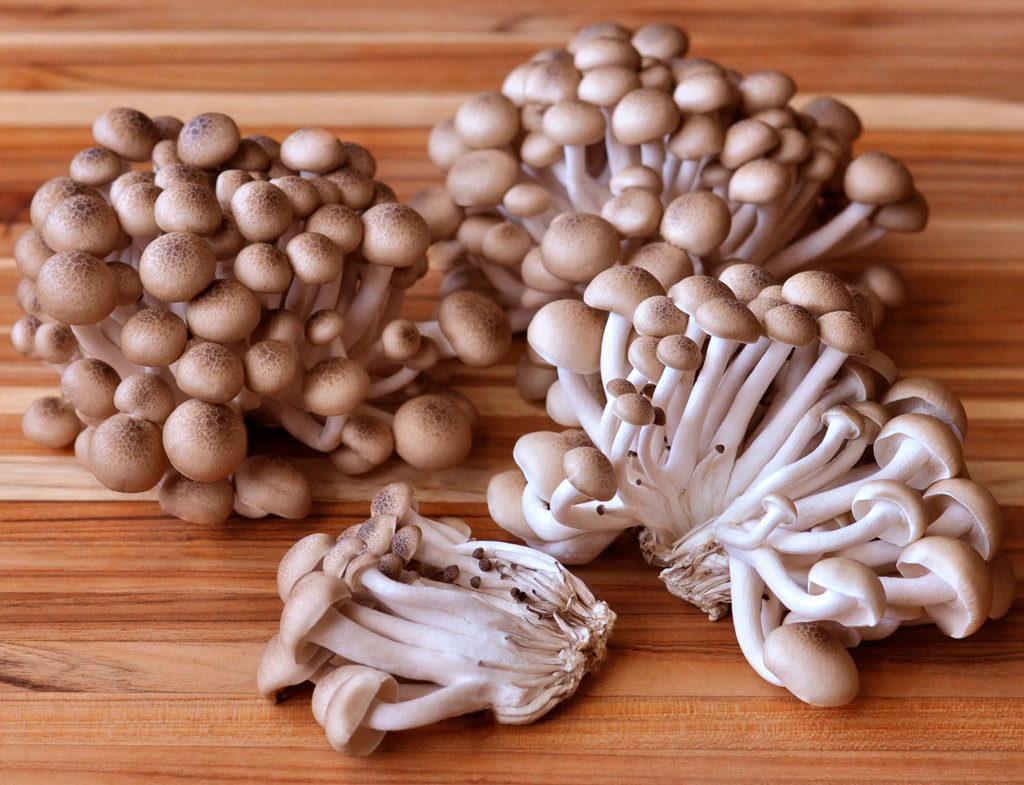
Recipes with Shimeji
Below, we present three delicious recipes you can prepare with Shimeji:
1. Shimeji stir-fries with garlic and spinach
- Ingredients:
- 200 g Shimeji
- 2 cloves garlic, minced
- 150 g spinach
- 2 tablespoons sesame oil
- 1 tablespoon soy sauce
- Salt and pepper to taste
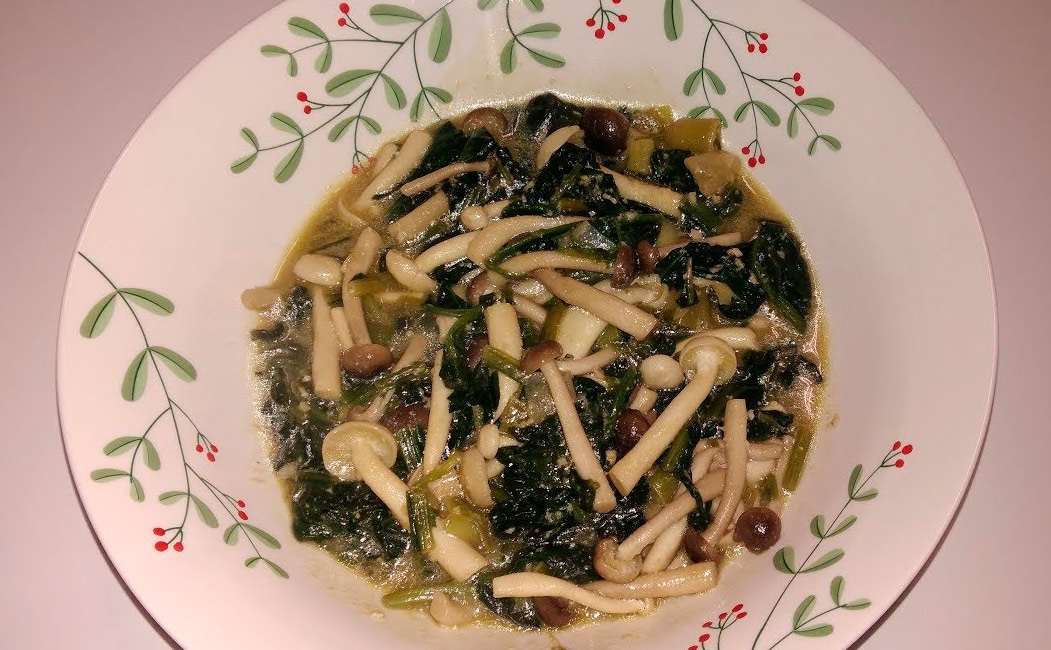
2. Shimeji and Parmesan Risotto
- Ingredients:
- 200 g Shimeji
- 1 cup Arborio rice
- 1/2 cup white wine
- 1 tablespoon butter
- 1/2 cup grated Parmesan cheese
- Hot vegetable broth
- Salt and pepper to taste

3. Miso soup with shimeji and tofu
- Ingredients:
- 200 g shimeji
- 100 g diced tofu
- 2 tablespoons miso
- 4 cups dashi broth
- Chopped chives
- Nori seaweed for garnish
We hope you enjoy these recipes with Shimeji and take advantage of their health benefits. Bon appétit!
Health and mushrooms!

Te pueden interesar